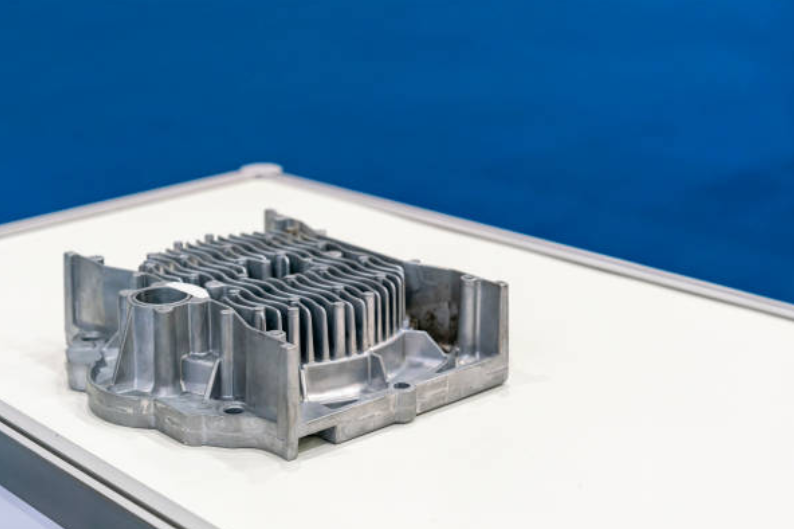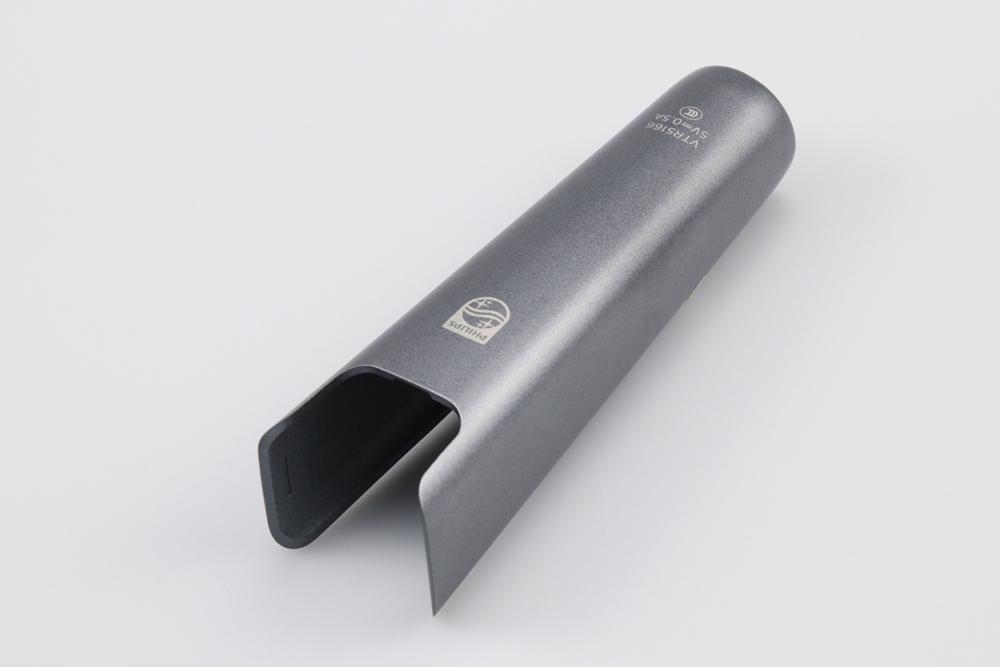Why is aluminum die-casting cost-effective?
High Production Efficiency
Aluminum die casting is inherently suited for high-volume production thanks to its rapid cycle times and repeatable precision. Once the mold is produced, each shot delivers near-net-shape parts in seconds, minimizing manual intervention and material waste. Alloys such as A380 and ADC12 (383) offer excellent flowability and low shrinkage, ensuring efficient metal filling and fewer defective parts. This makes die casting more economical than sand casting or gravity casting for medium to large production runs.
Reduced Machining and Assembly Costs
Aluminum die casting produces components with excellent dimensional accuracy and smooth surfaces that often require little or no post-machining. Features such as threads, ribs, and bosses can be integrated directly into the mold, thereby reducing the need for secondary operations. With precision CNC machining prototyping used during mold development, Neway ensures minimal need for finishing, saving both time and labor.
Material and Energy Efficiency
Aluminum’s light weight and recyclability contribute significantly to overall cost savings. The process achieves a high material utilization rate—excess metal from runners and gates is easily remelted and reused. Additionally, aluminum’s low melting point results in reduced energy consumption compared to steel or copper alloys, leading to lower operational costs.
Long Mold Life and Automation
High-quality steel dies, when properly maintained, can endure hundreds of thousands of cycles without dimensional degradation. Automated casting cells and robotic trimming further reduce human error and improve consistency, maximizing throughput while minimizing downtime. The resulting efficiency significantly lowers per-part cost in continuous production environments such as automotive and consumer electronics.
Surface Finishing Compatibility
Parts produced through die casting have smooth surfaces ideal for secondary treatments such as anodizing, powder coating, or polishing. These finishes can be applied efficiently, enhancing both durability and appearance without incurring significant additional costs.
Conclusion
Aluminum die casting is cost-effective due to its combination of rapid production speed, reusable materials, minimal machining, and compatibility with automated systems. Neway’s precision tooling, efficient material management, and integrated surface finishing further optimize manufacturing economics—making it an ideal process for large-scale, high-performance component production.



